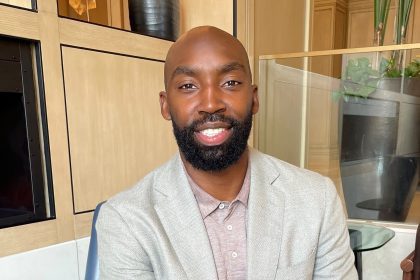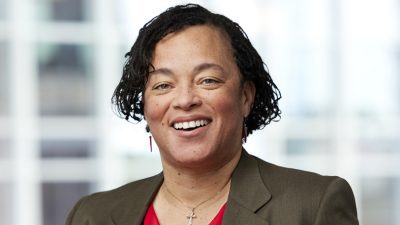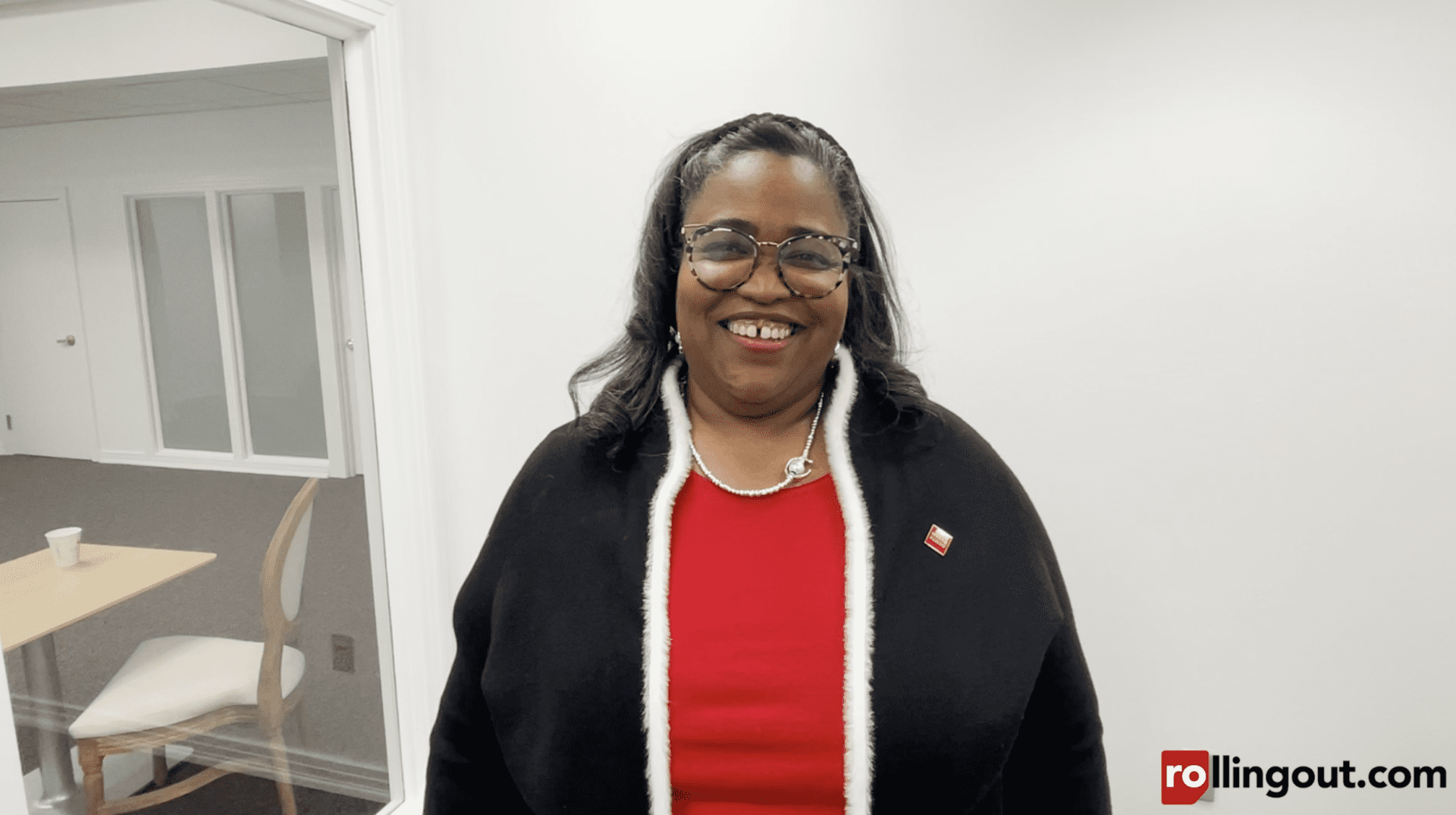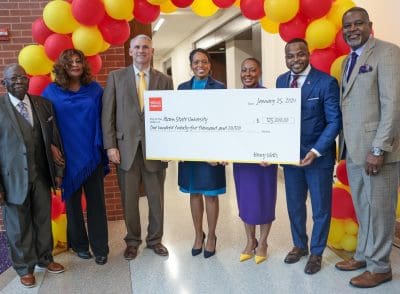
During both days, homes in the before, during and after phase of purchase and renovation will be on display.
“Purchase and renovation won’t cost local governments a cent and it’s badly needed,” added John O’Callaghan, president and CEO of Atlanta Neighborhood Development Partnership. “Despite a 40 percent improvement since the depth of the recession, Atlanta still has the dubious distinction of having the fifth highest vacancy rate among major cities, and Georgia was No. 5 in the nation in foreclosures last year.”
The most common way to purchase and renovate homes is through what are known as 203(k) loans, guaranteed by the federal government and known by their HUD designation. With one mortgage, buyers can buy the home and obtain financing for renovation to meet their specific needs. A down payment of just 3.5 percent is required and with today’s low mortgage rates the loan is simpler and often more affordable than separate purchase and construction loans.
Not only does the option revive homes, but it also creates the chance to reuse materials. Thus on both days the non-profit Lifecycle Building Center will demonstrate the use of reclaimed building materials by setting up salvaged product displays in one home to be shown. The group’s goal is to promote resource efficiency in buildings by salvaging and reusing materials instead of sending them to landfills, thus reducing environmental impact and providing substantial cost savings.
Jill Arrington, CEO of Resources for Residents and Communities, offers, “Sustainability of our housing stock is another important reason to consider purchase and renovation. The loans may take a little more time, but with the federal guarantee and low down payment, and the chance to get exactly the home you want, they’re worth it.”
Frank George of Invest Atlanta notes other advantages. “Purchase and renovation will create badly needed jobs. Also, homebuyers in the city of Atlanta can use NeighborhoodLIFT money for purchase and renovation, with up to $15,000 available for each home and more than $2 million still available. We think homebuyers should expand their horizons by considering this.”
The groups pointed out that they were not setting a formal goal, since the purchase-renovation homebuying option is up to individuals, lenders and contractors.
They promised to continue their education efforts. They noted that Atlanta is already a leader in purchase and renovation across the country, but the area can do much more.
Last year, according to HUD, metro Atlanta completed 927 federally backed purchase-renovation loans, up from 282 in 2008. Metro Atlanta had more purchase-renovation loans than Chicago, Washington, D.C., Dallas or St. Louis.
“Given trends and the improvement of the housing market, an average of 1,500 homes a year is very doable,” Duckworth said.
Adair Park a model for purchase-renovation in Atlanta
The groups chose Adair Park for the two-day event because of its recent rebound, using purchase-renovation.
Adair Park is an intown Atlanta neighborhood with a leafy park that adjoins the Atlanta Beltline. At least seven houses have been purchased recently for renovation, and community activist Angel Poventud counts 60 more homes that could be purchased and renovated.
The renovation of Poventud’s house at 746 Lexington Avenue was completed in June, and it will be the centerpiece of the two-day event.
“Without these loans the work my neighbors and I have done on our houses just wouldn’t be possible,” said Poventud. His bungalow, built in the 20s, had been vacant for 10 years when he bought it for $14,000 and then took out a 203(k) loan including renovation. It had to be stripped down to the studs. Already, he said, property values in the neighborhood have begun to rise.















